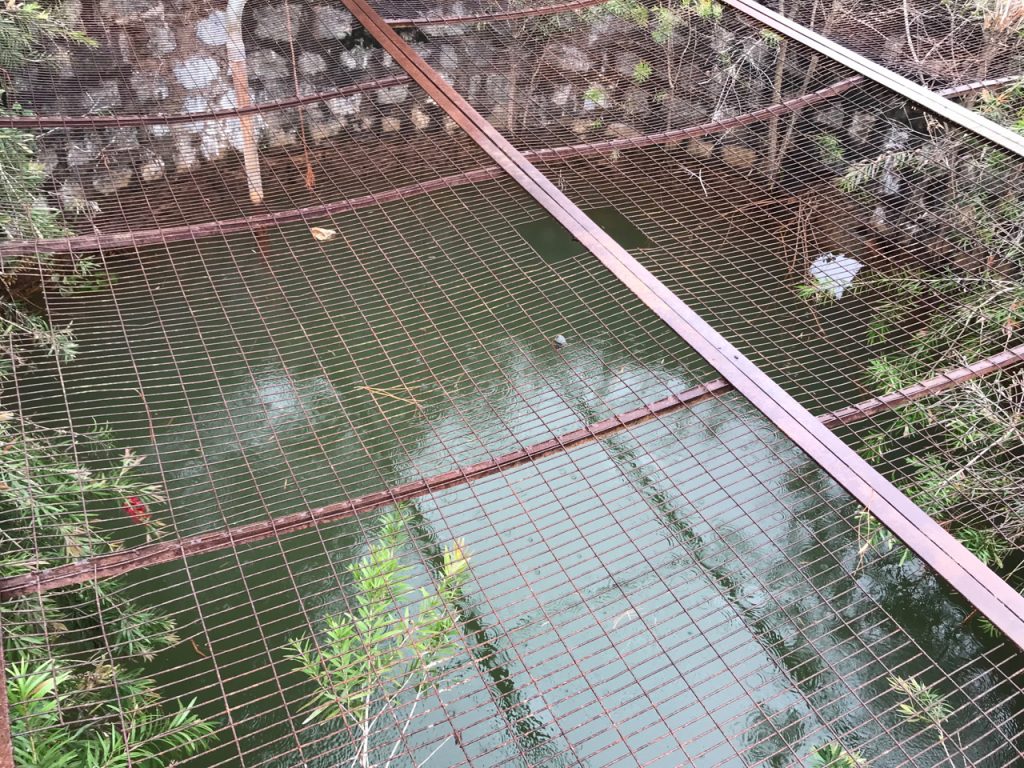A few sceptics may ask ; what’s the point in tending to a marsh, why waste precious time and resources on a piece of wasteland.
The answer lies in the couple of pictures of a well which draws water from the Yedapalli Marsh near Coonoor, and they speak for themselves.
The first shows the well prior to intervention, and the next some six months later.
The quantity of nutrients, chemicals, sediments, and harmful microbes, that are washed into open water with the runoff during the rains, has over the years increased drastically due to human activity.
We now increasingly talk of water purification and water treatment plants, and methods such as slow sand filtration, flocculation, chlorination, UV irradiation, and so on and so forth.
Traditionally marshes and other similar wetlands, with their matted tangles of sedges, rushes, pipeworts, and other wetland vegetation, have from time immemorial served as nature’s own ‘Water Treatment Plants.’ They remove excess nutrients, chemicals and sediments through a combination of physical, chemical, and biological processes ; as water slowly flows through the wetland. Nutrients are stored and absorbed by plants or microorganisms, while sediments and chemicals settle at the bottom after reaching an area with slow water flow. Bladderworts even aid in maintaining water quality by controlling microscopic organisms which they trap and ingest. Additionally, carbon and greenhouse gases are stored in sinks in wetlands instead of being released into the atmosphere.
This natural purification definition is an example of the value of wetlands in our environments.















